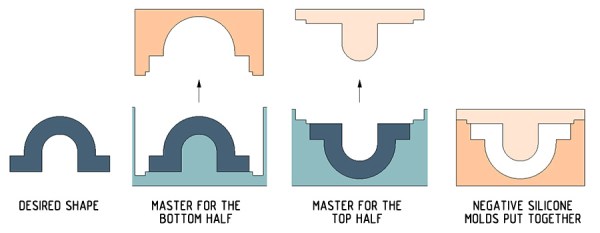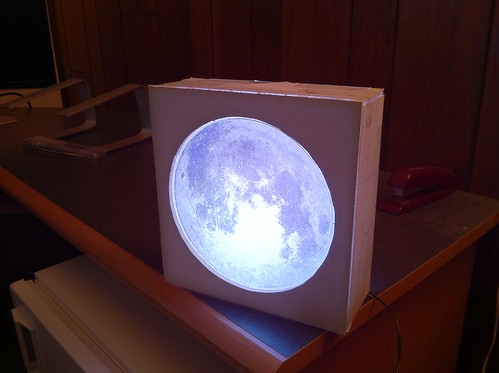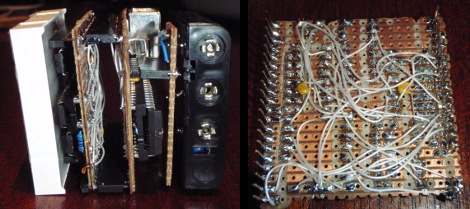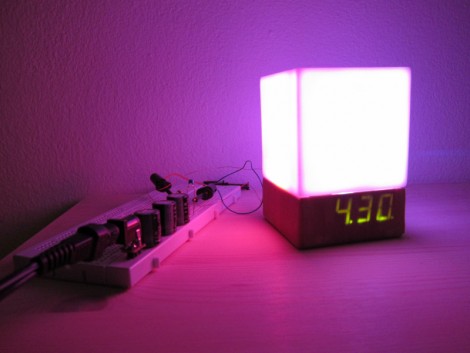[Ian] wrote in to tell us about the Guerilla Guide to CNC Machining and Resin Casting. He came across it in the reference links to another project and says he wish he knew about it a long time ago. We took a look and there’s a mountain of useful information in the guide, which is written by [Michal Zalewski]. We won’t pretend that we’ve read the whole thing, there’s days worth of information here. But we will. The range of topics includes types of milling machines, milling materials, software options and use, safety, and the list goes on. Bookmark this (don’t forget the second volume), it might be just the thing to get you through the holiday with your family.















